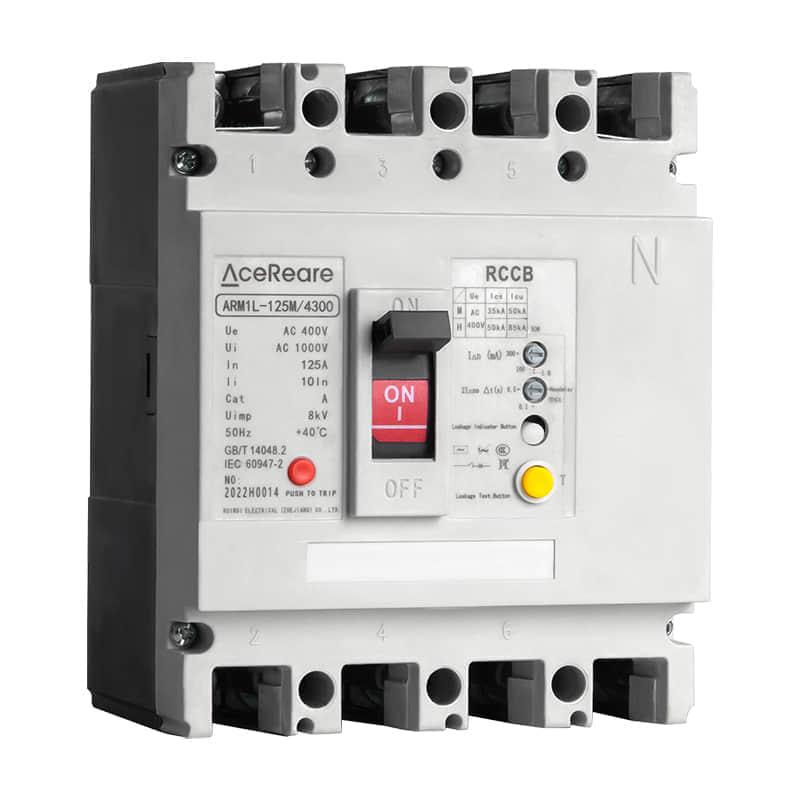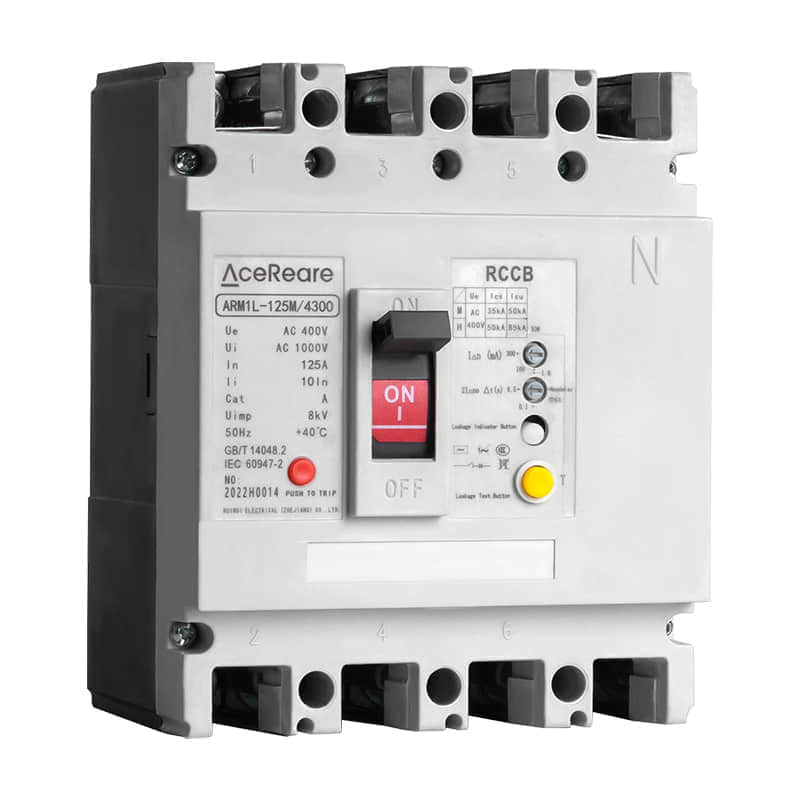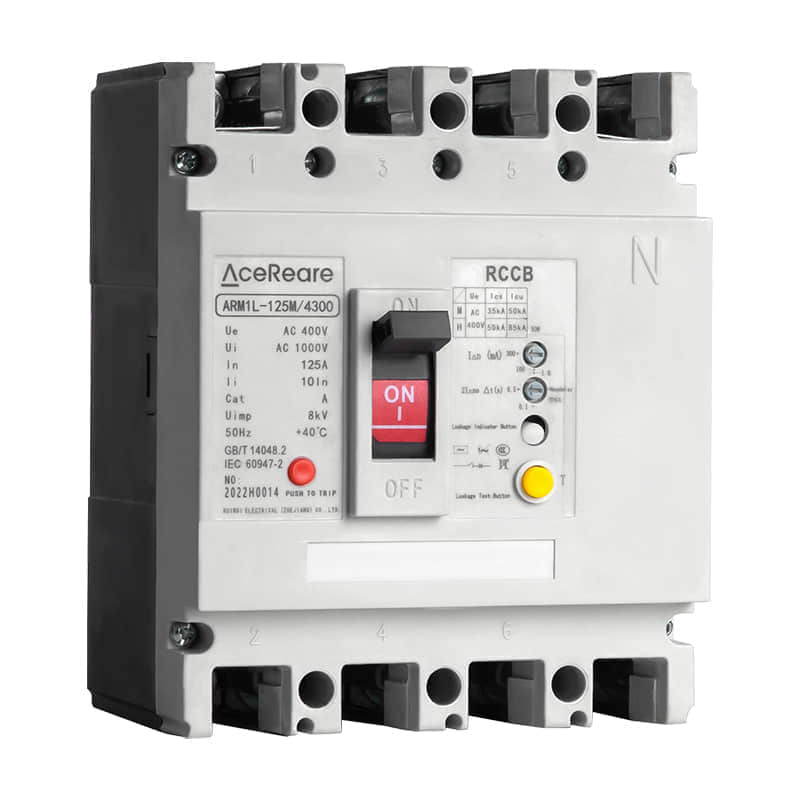In today’s rapidly evolving technological landscape, electrical safety has become paramount. Whether in industrial settings, commercial complexes, or residential areas, ensuring the protection of both people and equipment from electrical faults is of utmost importance. To address this concern, the Molded Case Circuit Breaker (MCCB) with Residual Leakage Protection has emerged as a crucial innovation. In this article, we will delve into the intricacies of MCCBs with residual leakage protection, exploring their functions, benefits, and significance in contemporary electrical systems.

1. Introduction

MCCBs are vital components in electrical distribution systems. They safeguard circuits and connected devices by interrupting the flow of electricity in the event of an overload or short circuit. However, electrical systems can also pose hidden dangers, such as ground faults and residual currents. These occurrences can lead to fires, equipment damage, and, most critically, electrical shocks to individuals. To mitigate these risks, MCCBs are now equipped with residual leakage protection. 2. Understanding Residual Leakage Protection Residual Leakage Protection, commonly referred to as Ground Fault Protection (GFP) or Earth Leakage Protection (ELP), is a feature integrated into MCCBs to detect small imbalances in the current flow within a circuit. It monitors the current entering and leaving a circuit and compares the two. If there is a discrepancy, it indicates that some current is escaping the intended path, potentially flowing into unintended and unsafe routes. 3. How MCCBs with Residual Leakage Protection Work MCCBs with residual leakage protection employ advanced electronic sensors and algorithms. They continuously monitor the current flow, and when they detect a leakage current above a predetermined threshold, they swiftly trip the breaker. This immediate response is crucial for preventing electrical shocks and fires caused by ground faults. 4. Key Benefits Enhanced Safety:The primary benefit of MCCBs with residual leakage protection is enhanced safety. They substantially reduce the risk of electrical accidents and fatalities by promptly disconnecting the power supply when a ground fault occurs. Protection for Sensitive Equipment:In addition to safeguarding human lives, MCCBs with residual leakage protection also protect sensitive electrical equipment. Uncontrolled ground faults can damage expensive machinery and disrupt critical processes. Reduced Downtime:Quick detection and interruption of ground faults translate to minimal downtime in industrial applications, ensuring continuous productivity. 5. Significance in Contemporary Electrical Systems In today’s interconnected world, electrical systems are more complex than ever. The proliferation of electronic devices, automation, and renewable energy sources demands more robust protection measures. MCCBs with residual leakage protection play a pivotal role in these modern systems, providing the necessary safety net to prevent accidents and system failures. 6. Conclusion The Molded Case Circuit Breaker with Residual Leakage Protection represents a remarkable advancement in electrical safety. By addressing the dangers posed by ground faults and residual currents, it ensures that our electrical systems are not only functional but also safe. As technology continues to advance, the importance of these protective devices will only grow. Investing in MCCBs with residual leakage protection is not just a matter of compliance; it’s a commitment to safeguarding lives and assets in an electrified world.
